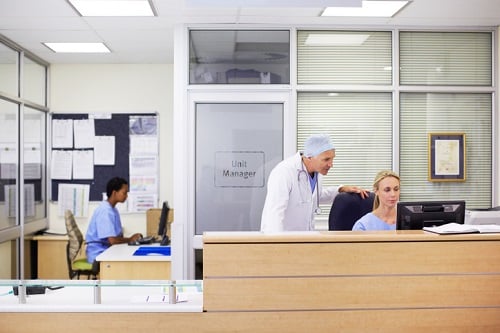Medical office buildings considered a safe play in the current environment

In a commercial real estate market that has been made another victim of the uncertainty and anxiety COVID-19 brought with it, one sector appears to be providing investors with more stability than others: medical office buildings.
A report released on March 26 by Green Street Advisors LLC evaluated 18 segments of the commercial real estate market and found that MOBs should provide the lowest level of risk in the event of a coronavirus-sparked recession.
Some in the industry feel the medical office market, because of its limited supply and strong demand from a niche cohort of clients, will prove resistant to the most harmful effects of a recession.
“Generally, if you own a medical office building, you know that you’re going to probably survive the storm,” said Fahri Ozturk, first vice president at Marcus & Millichap, in a statement to National Real Estate Investor.
The favorable supply-and-demand environment facing MOB investors is likely to last well into the future, providing a powerful counter to the short-term, when most offices in the country are shuttered and rents may not be forthcoming. America’s population of seniors alone guarantees a steady stream of patients. Throw in the underemployed, who often lack the resources for preventive medicine, and another 100 million or so citizens who require infrequent care and medical practitioners will have little problem filling their waiting rooms.
Finding room for those patients to wait in has become a challenge for medical professionals, as, according to CBRE, the U.S. medical office vacancy rate was at a mere 10.3 percent through mid-2019. That’s been good news for investors in the space: Rents were at near-record levels prior to the arrival of COVID-19.
According to CBRE’s vice chairman and co-head of health care markets Chris Bodnar, the time is ripe for investors to put their money behind defensive assets like MOBs.
“The current market environment,” he says, “has put a spotlight on the need for health care facilities and the demand for services by patients.”



